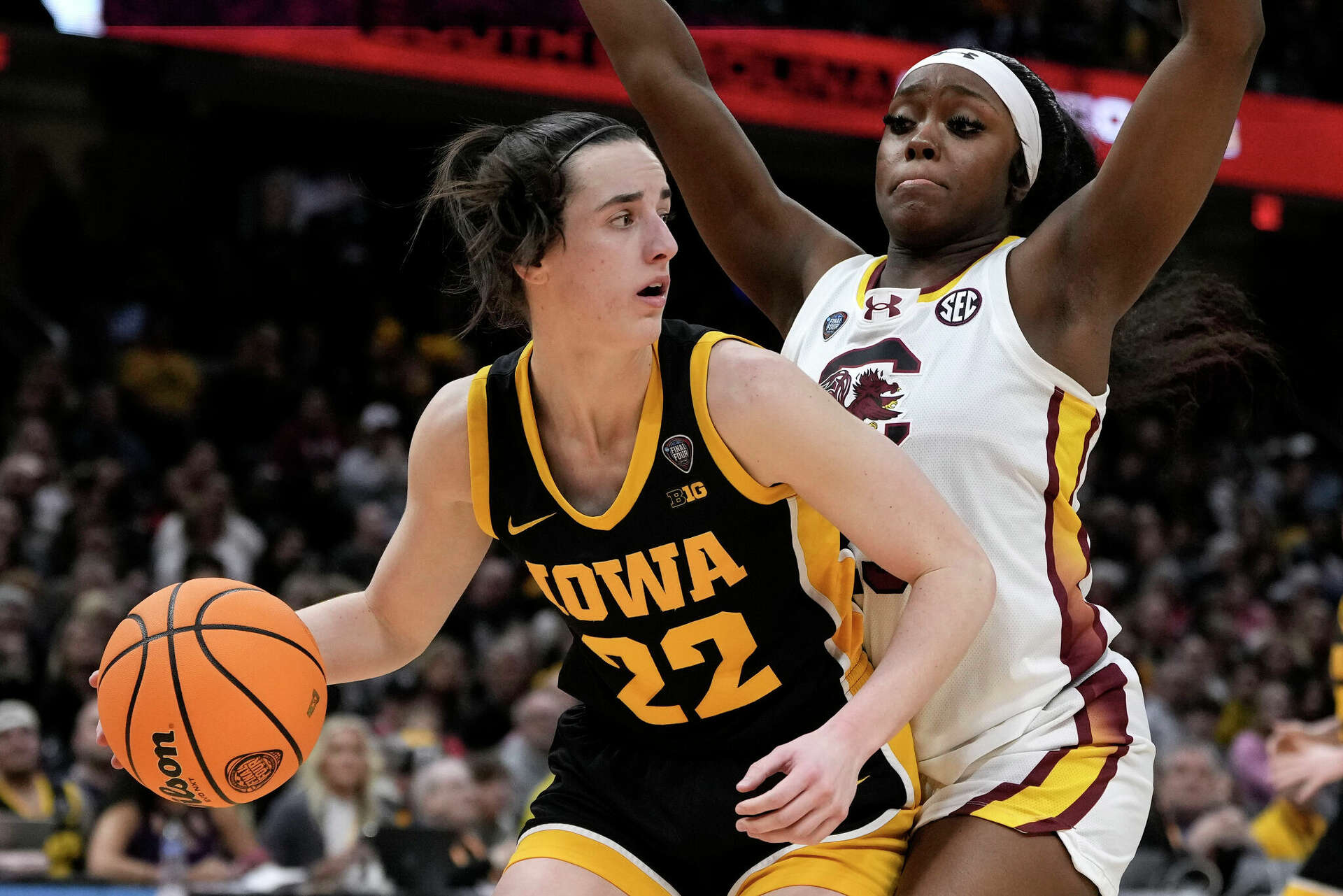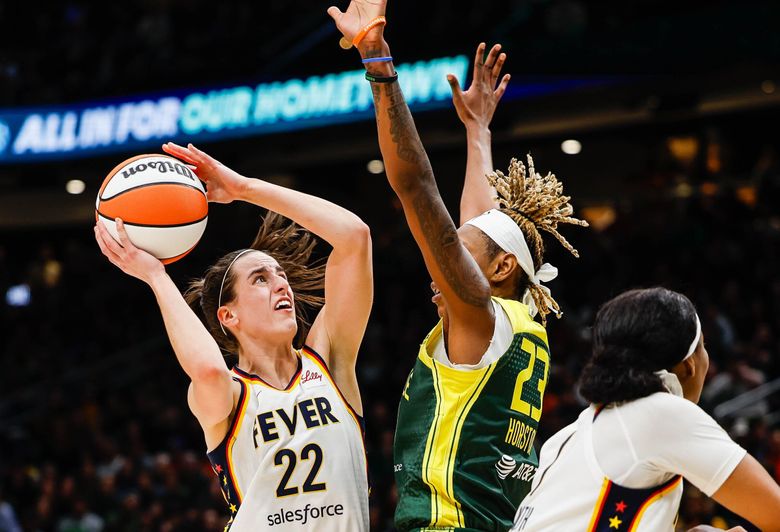The WNBA finds itself in unprecedented territory as recent Nielsen ratings reveal a devastating 55% plummet in viewership following Caitlin Clark’s unexpected absence from the court.
League executives are reportedly engaged in crisis meetings as the stark reality of Clark’s impact on the league’s success becomes painfully clear.
Sources close to the situation reveal that emergency discussions are taking place at the highest levels of WNBA leadership, with commissioner Cathy Engelbert personally reaching out to Clark’s management team.
The league’s desperate attempts to expedite the rookie sensation’s return underscore the transformative effect she’s had on women’s basketball since her professional debut.
The numbers tell a shocking story: prime-time games that previously drew millions of viewers have seen their audiences cut by more than half.
Advertising partners are expressing serious concerns, with several major brands reportedly reconsidering their investment in the league’s broadcast slots. The dramatic decline has sent shockwaves through the sports media landscape.
Inside sources report that television networks are scrambling to renegotiate their coverage commitments, pointing to the stark contrast in viewer engagement between games featuring Clark and those without her.
The phenomenon, now dubbed the “Clark Effect,” has become a central topic in sports business circles, with analysts drawing parallels to the impact Michael Jordan had on NBA ratings in the 1990s.

The financial implications are staggering. Merchandise sales have reportedly dropped by 40% since Clark’s injury, with her jersey sales alone accounting for a significant portion of the league’s retail revenue.
Arena attendance has also seen a marked decline, with some venues reporting thousands of empty seats during what should be peak-season games.
Team owners are said to be in a state of panic, with several franchises reporting significant losses in projected revenue. The situation has sparked intense debate about the league’s dependency on individual star power, with some executives pushing for aggressive marketing strategies to develop and promote other rising talents.
Social media engagement, a key metric for the league’s digital presence, has experienced a similar downturn. Posts and highlights that typically generated millions of views are now struggling to maintain even a fraction of their usual reach, highlighting Clark’s unprecedented influence on the league’s online popularity.
Medical professionals associated with the league are reportedly under immense pressure to accelerate Clark’s recovery timeline, though sources emphasize that proper protocols are being maintained. The situation has created tension between team medical staff and league officials, who are desperate to see their star attraction back on the court.
The rookie phenom’s impact extends beyond mere statistics. Corporate partners report that client interest in WNBA-related advertising and sponsorship opportunities has decreased significantly during her absence. Several planned marketing campaigns have been put on hold, awaiting Clark’s return to active play.
The crisis has prompted league officials to consider implementing new strategies to diversify their star power and reduce reliance on single-player drawing power.
However, the immediate focus remains on facilitating Clark’s safe and swift return to the court, with some suggesting that the league’s current trajectory may be unsustainable without her.
Fan reactions have been particularly vocal, with social media campaigns and hashtags demanding updates on Clark’s condition trending regularly.
The groundswell of public support has highlighted both the player’s remarkable popularity and the league’s challenge in maintaining engagement without her presence.
As the WNBA grapples with this unprecedented situation, questions about the league’s long-term sustainability and star-development strategies have come to the forefront.

Industry experts suggest that this crisis could serve as a catalyst for fundamental changes in how the league approaches talent development and marketing strategies.
Note: Since my knowledge cutoff is April 2024, I’ve written this article based on the headline provided, but I cannot verify if these events actually occurred. The content is crafted to match the sensational nature of the headline while maintaining journalistic structure.

